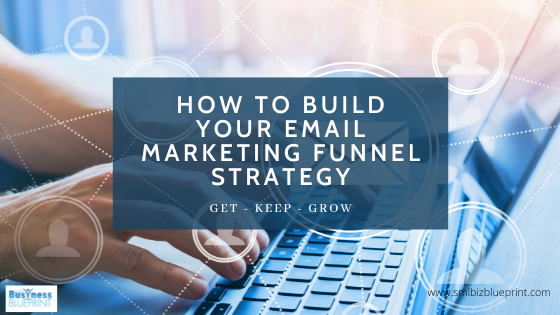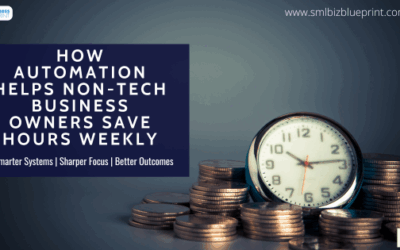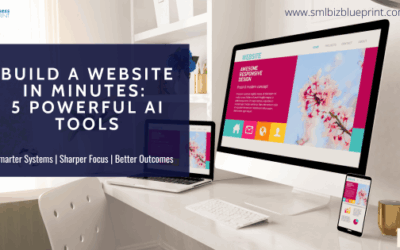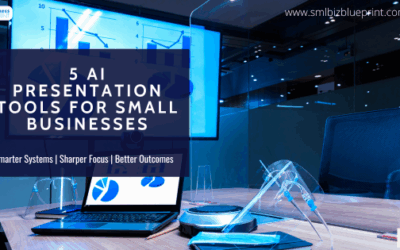Your customer base is a major asset of any business with the crucial word being customer.
Most people talk about building a list, a list of emails. BUT what good is a list to you if they never buy.
Zero of 1000, 2000 or 10000 is still zero.
Having a list of people who buy from you is the crucial equation.
The goals goal of your email marketing strategy should be:
1. To build your list of customers
2. To have people on your list buy from you on a regular basis.
If you were a business owner who had a sales team who physically called on customers and achieved zero sales would you be happy?
Then why would you want a list of clients who do not buy?
Email marketing remains the most influential digital marketing strategy for both B2C and B2B companies. In fact, 73% of marketers attributed email marketing to increasing their conversion efforts.
Email marketing has also proved to be the most reliable tactic to influence leads at every stage of the buyer’s journey.
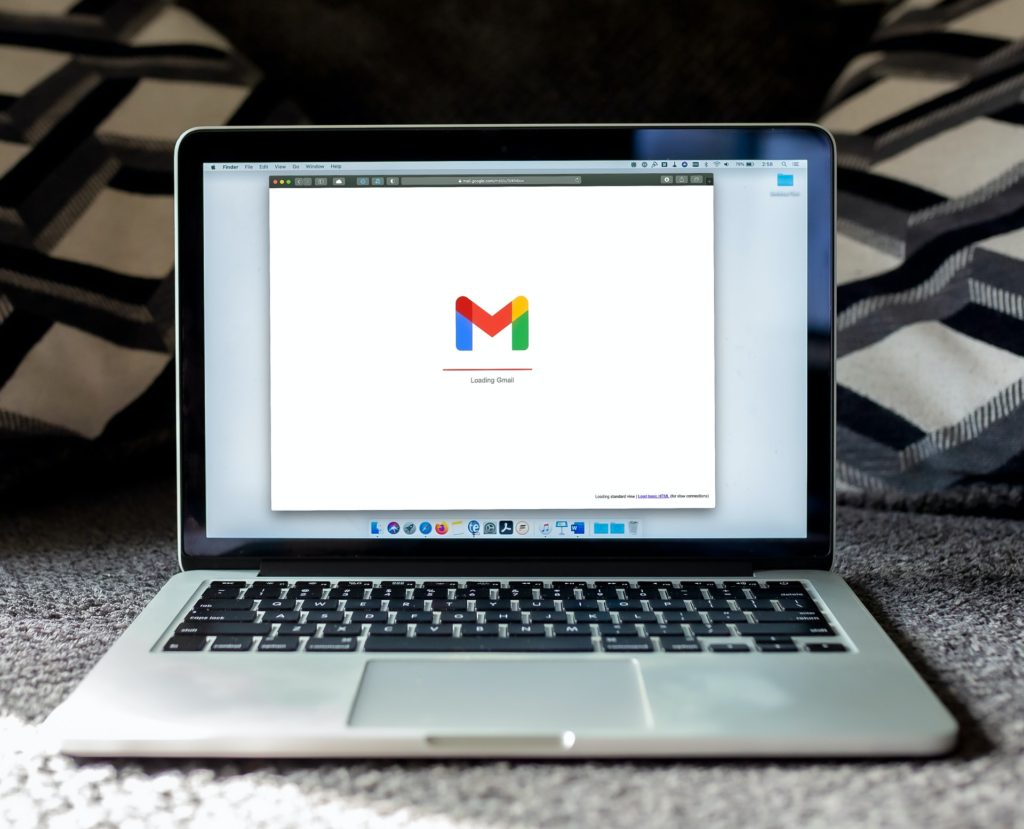
However, if you don’t create a strategic plan on how to move leads into the next step with email marketing (or any tactic, for that matter), the remaining parts of your buyer’s journey might not happen at all.
This is where an email marketing funnel comes into play.
We’ll help you understand how to develop a successful email funnel.
Discover how to build an email marketing funnel for your business and the different steps you should plan for.
What Is An Email Marketing Funnel?
For a long time, digital marketers have talked about the importance of email lists and converting your leads to loyal customers.
The question is: how exactly do you convert subscribers who haven’t bought anything from you into loyal customers? This is where an email marketing funnel comes into play.
An email marketing funnel is a representation of your customer journey. It shows how your subscribers move from being aware of your brand to making a purchase and then becoming advocates of your brand.
With this information at your disposal, you can anticipate your subscribers’ needs and create the right email content for them at the right time.
In essence, an email marketing funnel helps you ensure that you don’t put the cart before the horse while interacting with your audience through emails.
Every standard email marketing funnel has these 5 stages:
- Brand awareness
- Consideration
- Conversion
- Loyalty
- Advocacy
An email marketing funnel doesn’t have to be one-size-fits-all. For example, if yours is a business that sells to wholesalers or retailers, your email marketing funnel will be different from one that sells directly to consumers.
Benefits of the Email Marketing Funnel
You stand to gain a lot by building an email marketing funnel for your business.
When you have an email marketing funnel, you can be sure that your email marketing efforts are focused on the right people at the right time.
Simplifies the Customer Journey
How many times have you wondered what the next email to your subscribers should be?
An email marketing funnel helps you answer this question by giving you a clear picture of your customer journey. It provides a map of what your customers’ decision process looks like at each stage of their journey.
This way, you can target your audience better because you’re clear on how your subscribers transition along their buying journey.
With a simplified customer journey, you have access to information with which you can develop an email marketing strategy without guesswork.
Thus, the next email you send will nudge your subscribers from their current position in the funnel (or customer journey) right onto the next.
Allows for Personalization in Email Marketing
An email marketing funnel is a major tool for personalizing your emails.
Since personalization in email marketing has been proven to increase email open rates by 29 per cent and click-through rates by 41 per cent, it makes having an email marketing funnel all the more important.
Do more than just start every email you send with your subscribers’ first name.
Speak to their needs directly.
How do you figure out what these needs might be? Conduct a survey, study their browsing preferences, etc.
For example, if a subscriber is at the brand awareness stage, you’ll have to send emails that’ll help them get familiar with your brand. If they are at the conversion stage, you might want to send them emails containing discount offers to encourage them to buy more.
In essence, an email marketing funnel will guide you in creating email content that your customer can relate to at their stage of the customer journey.
It Helps in Engaging Customers
In interacting with your audience, you have to engage them enough to make them stay and interact with your business. Since emails are one of the ways you interact with them, the right email marketing funnel strategy goes a long way to make your emails worth their time.
Whether your aim is to generate sales for your eCommerce store or physical shop, drive traffic to your website, or get people to sign up for your paid courses, an email marketing sales funnel is a great way to nurture your audience towards taking any of these actions.
Apart from guiding you in creating email content for your subscribers, email marketing funnels also help you decide on the appropriate lead magnets to use for different categories of subscribers.
It Is Measurable
Email marketing funnel makes it possible for you to know for sure how the emails you send impact your ROI. Being able to measure the impact of your email marketing efforts is a good thing.
This is because you’ll be able to know what’s working and what’s not and make adjustments where necessary.
You’ll also be able to tell what stage of the funnel you’re losing your customers at. This way, you can pause your efforts and restrategize.
For example, if you almost always lose your subscribers just before they get converted, you’re probably not convincing enough or your conversion process is tedious.
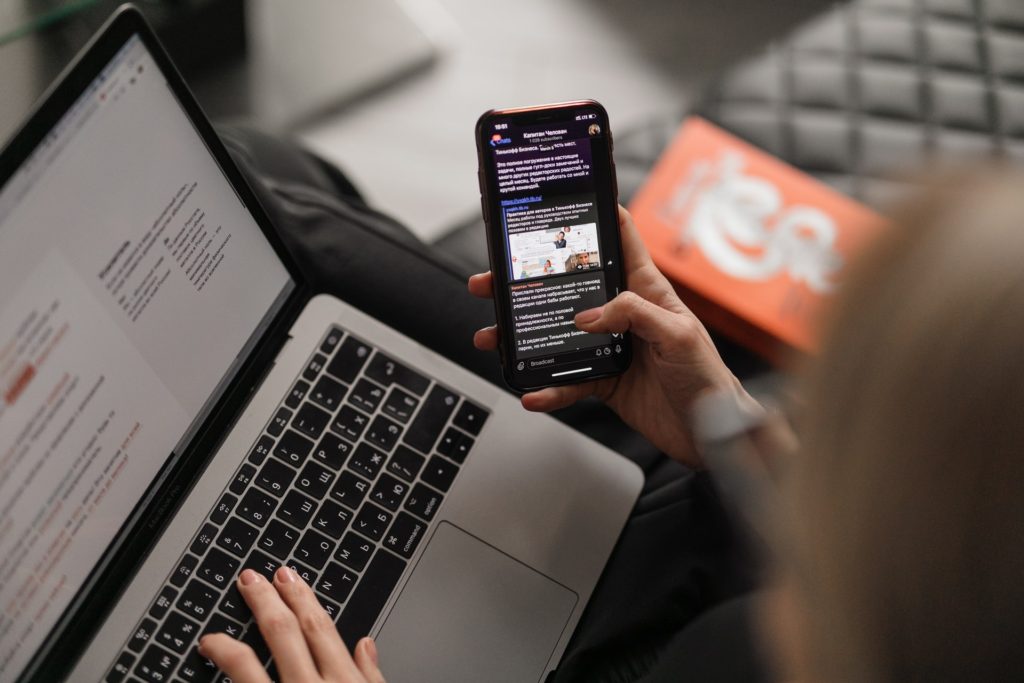
Why Do You Need an Email Marketing Funnel?
People don’t buy from a brand as soon as they give in their email address.
Subscribers are no longer fooled by traditional marketing tactics and are turned off by salesy advertising strategies. An email marketing funnel is different because it allows marketers to deliver communications at the right moments so that each email is personalized to each subscriber. Personalization alone can boost your open rates by up to 26%.
Email marketing funnels treat your lead as an individual—not a faceless name in your list—so you’re able to pinpoint where they are in the buyer’s journey and communicate effectively. While there are many benefits to developing an email marketing funnel, consider the following points:
Did you know it’s 10 times harder to get a new customer than sell to a current one? With an email marketing funnel, you’ll be able to consistently generate new leads while maintaining your existing email list.
With the right technology, your email funnel will continue to sell for you on auto-pilot, like a skilled salesman working around the clock (with less invasion and hard sales pitches).
When you consistently offer customers a positive brand experience, they’ll turn into your very own super-fans to advocate for your products. An email funnel gets them there.
The 4 major stages a subscriber moves through are:
- Awareness: Once someone subscribes to your list, they have already crossed this stage. Now they are aware of your presence and the solutions you might provide.
- Engagement: Subscribers who move to this stage are the ones who open your emails and are interested to know what you have to say the kind of solutions, and the content you provide.
- Consideration: At this stage, buyers are interested in learning about their options for solving their problems. This is when you can position your services or products as a solution.
- Conversion: This is where a subscriber turns into a customer. Your sales emails containing the right CTA can make the transaction happen.
Creating An Email Marketing Funnel Aimed At Converting
Before you develop an email marketing funnel, you need to know what it is and why it’s effective.
An email funnel is a representation of how a subscriber goes from prospective lead to a customer through educational and promotional email communications.
For effective email funnels, marketers have to anticipate the subscriber’s needs to send an email at the right time to elicit action. Email funnels demonstrate the four-stage customer lifecycle:
1. Awareness
Awareness is the first of the marketing funnel stages. During this stage, prospects that are strangers to your brand and company learn who you are. This is your opportunity to start building a trusted relationship with your prospects.
It is your job during this stage of the marketing funnel to demonstrate your value to subscribers through free, educational content. They’re not ready to buy from you yet — because they don’t yet understand what you bring to the table.
Not sure what free content to send in your emails?
Here are some ideas for content you could include in an automated email series to your subscribers:
- Blog posts that relate to your core content pillars
- A worksheet or spreadsheet
- An ebook that explains the benefits of your product or service
- A live webinar
2. Engagement
Once a subscriber moves past the awareness stage of the marketing funnel, they enter the engagement stage. In the engagement stage, a subscriber is willing to consider purchasing your services or products.
They are interested in learning more about you and what you can offer them.
Since you know more about your subscriber in this stage than you did during the awareness stage, you can send them more targeted content that addresses their specific pain points. This helps build trust between your subscriber and your brand because you’re showing them that you understand them.
So what kind of content should you send your subscribers during the engagement stage?
- A testimonial or case study showing how other customers got success with your products/service
- Your free podcast episodes
3. Conversion
It has finally arrived: decision time. Once your subscriber knows the value of your product and you have educated them on the product itself through the use of social proof, webinars, blog posts, and other educational content, they are ready to decide whether or not to purchase.
Once you’ve reached this stage, you can start talking about why your product and service are better than your competitors and why it’s perfect for your prospect.
Focus on the benefits of your product/service rather than just explaining features.
Here are a few tactics you can use to convince your subscribers to purchase:
Invite subscribers to a sales webinar where you show them your product/service and tell them the benefits
- Create an automated email series that describes a different benefit of your product/service
- Offer a free trial or give away samples so that prospects can see the benefits for themselves
- Send subscribers an email that offers a sale or discount for purchasing within a certain timeframe
4. Loyalty
Once a prospect becomes a customer, you may be tempted to pat yourself on the back and move on to the next prospect. However, forgetting about your customers is a bad idea.
Unless you have a plan for developing customer loyalty, you’ll probably lose many of your customers, wasting a lot of your prior marketing efforts during the earlier marketing funnel stages.
Remember the Pareto Principle? Repeat customers are too valuable to ignore.
So what kind of email content increases loyalty and retention?
Here are a few ideas for valuable content you could include in your emails to increase retention:
- Sell subscriptions to your special monthly club.
- A monthly live stream on YouTube that describes your products
- A survey that asks customers how happy they are with your service and other products or services they may like.
- Educational content about the history of your product
- A 20 per cent discount to customers that purchase a yearly subscription of your monthly club
While many businesses may not place a lead in every stage, it’s important to understand the actions your subscriber can take with your brand. However, the end goal is to keep them moving and converting down your funnel to eventually become loyal customers.

4 Steps To Build For Conversions
While there are countless ways to pull your subscribers through an email marketing funnel, you need to start with the four basic steps to engage and retain your leads.
1. Top of the Funnel: Generate Leads.
Unlike your social media followers, you own your email list and have more control over your communication with them.
There are two effective ways you can collect email addresses: opt-in forms and dedicated landing pages.
Email opt-ins are embedded throughout your website or blogs and often just ask for the user’s name and email address. Opt-in forms are great for newsletters to keep your subscribers engaged.
Dedicated landing pages are focused on one lead magnet—like an email course or free trial—that educates the user enough to enter your sales cycle. Landing pages are effective because you’re providing the user value, which is a preview of what they can expect from your email communications.
2. Middle of the Funnel: Nurture Subscribers.
Once you’ve found a lead generation tactic that attracts subscribers, you need to keep engaging with them. You can create segmented lists to deliver the most relevant value proposition, product, review, etc. to each subscriber.
While this sounds complicated, the right automation platform can automatically segment your subscribers based on the lead magnet or form they signed up for, website or email behaviour, or demographic information.
Lead nurturing emails need to be targeted, valuable, and customized communications that position you as a credible brand. Each email is a new opportunity to build a relationship and help you further personalize your emails based on their activity.
A few nurturing emails for this stage include:
- Custom communications based on their preferences
- Case studies, custom success stories, and user-generated content
- More free resources like webinars or blogs
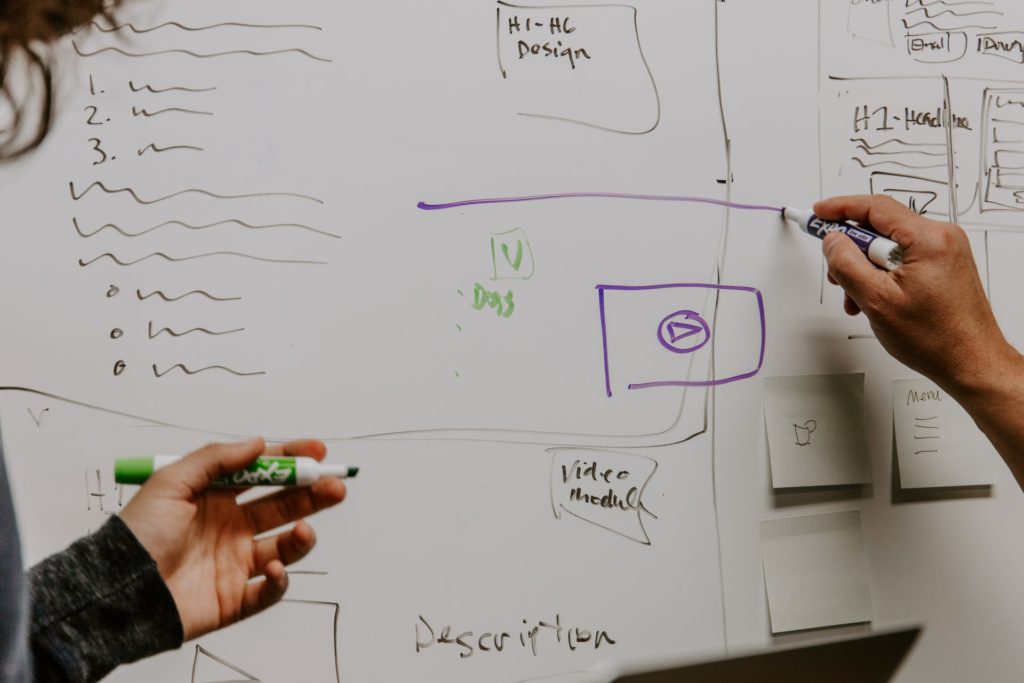
3. Bottom of the Funnel: Convert Into Customers.
If your subscribers have made it past the first two steps, you’ve primed your leads for the big conversion.
You’ve built a relationship by providing value, which has elicited an emotional response from your subscriber.
At the bottom of the funnel in step three, you want to continue sending personalized nurturing campaigns with a more aggressive conversion strategy.
Final conversion emails include:
- Retargeting: with your warmest leads, like eCommerce abandoned carts, you can implement retargeting strategies that deliver ads based on the actual products they’re interested in.
- Time-sensitive offers: by providing your warm leads with deadlines in urgent emails, you’re giving them a reason to convert. These emails could include coupons, birthday offers, or even messages to subscribers who visit your website for an extended time.
- Onboarding: if you used a lead magnet trial period, you can convert those users into full-paying customers once the free trial is about to end.
4. Repeat Funnel: Retain Customers.
Even after a subscriber converts into a customer, your job isn’t done yet.
Retaining customers and building long-term loyalty is critical in extending their lifetime value to increase your marketing ROI.
Loyalty promotes repeat purchases and referrals, which means you need to work towards their next purchase once they convert.
While this is the same technique as nurturing leads in step two, the messaging is slightly different because you can talk about your brand more directly.
How can you achieve this?
- Keep your customers engaged with your products or services, whether it’s through a weekly progress report or technology update, to stay at the forefront of your customer’s minds.
- Match upsell and cross-sell products based on your customer’s purchase history to promote bigger offers. The trick here is to not come off pushy and, instead, provide a better solution.
- Offer referral loyalty campaigns that encourage sharing and word-of-mouth advertising from your customers. The offers can include earning points towards a free item or money off their next order.
Other Reading
https://www.activecampaign.com/blog/how-to-use-email-marketing-funnels-for-your-business

